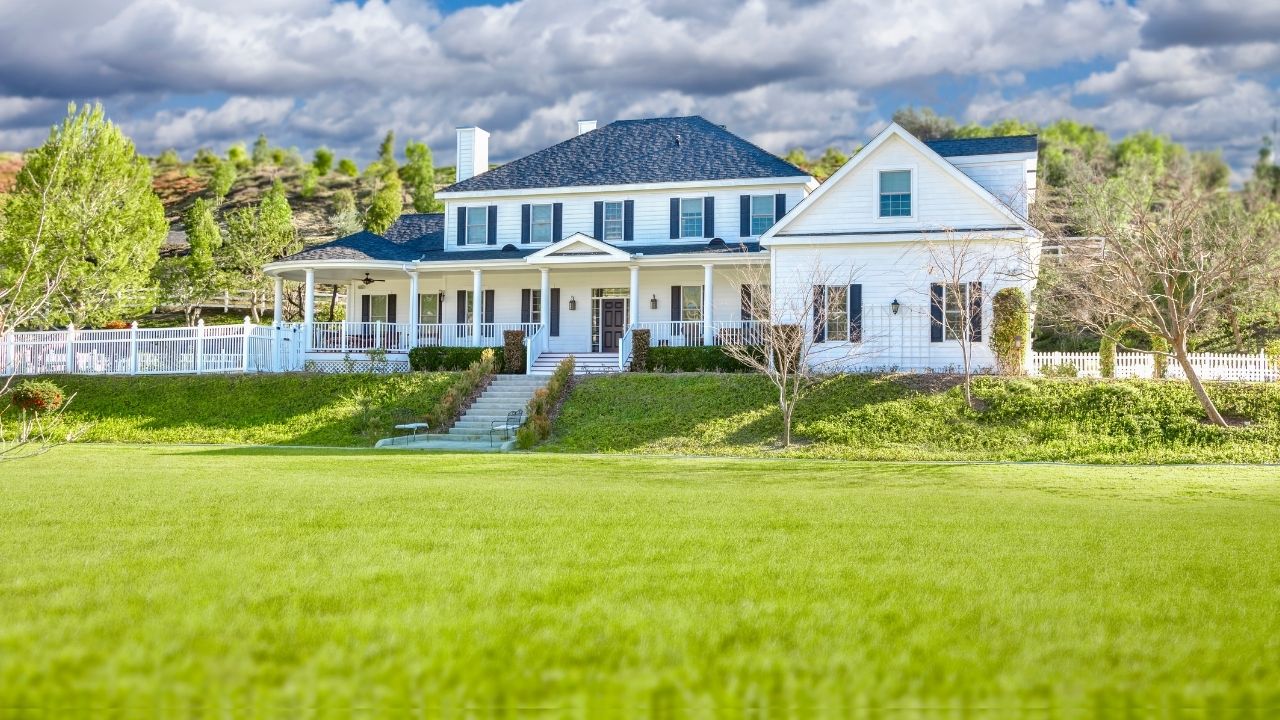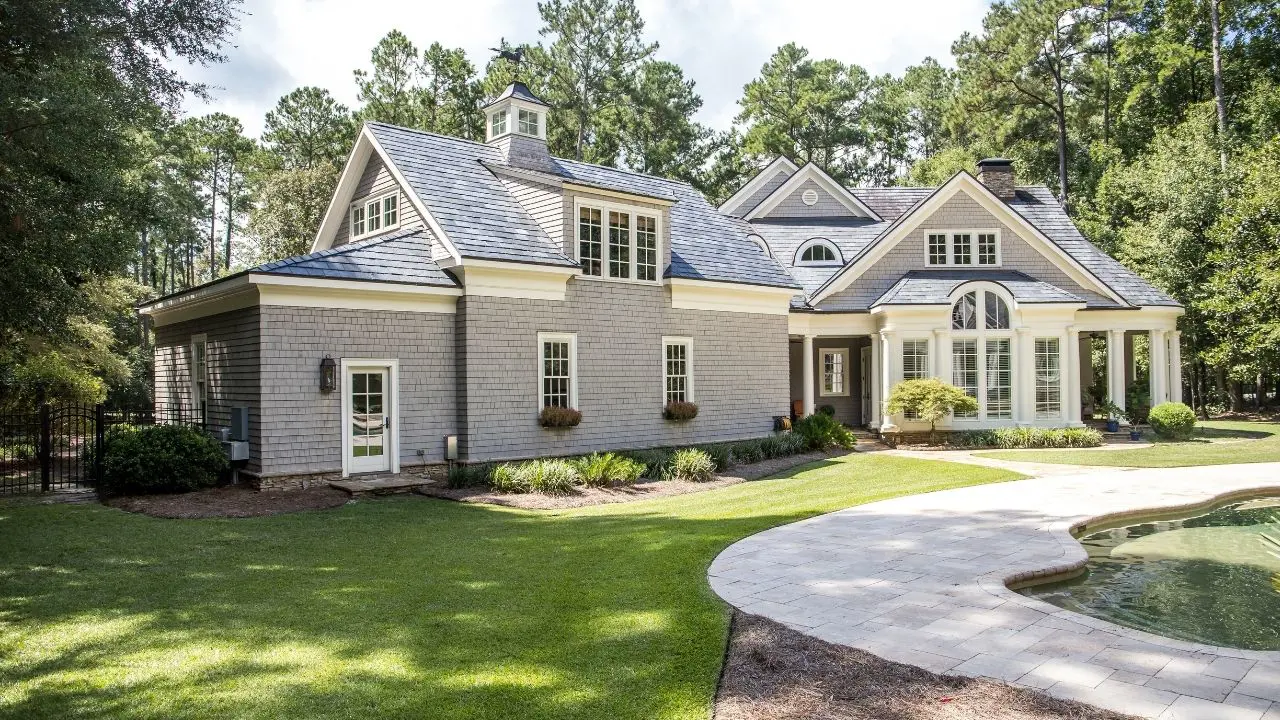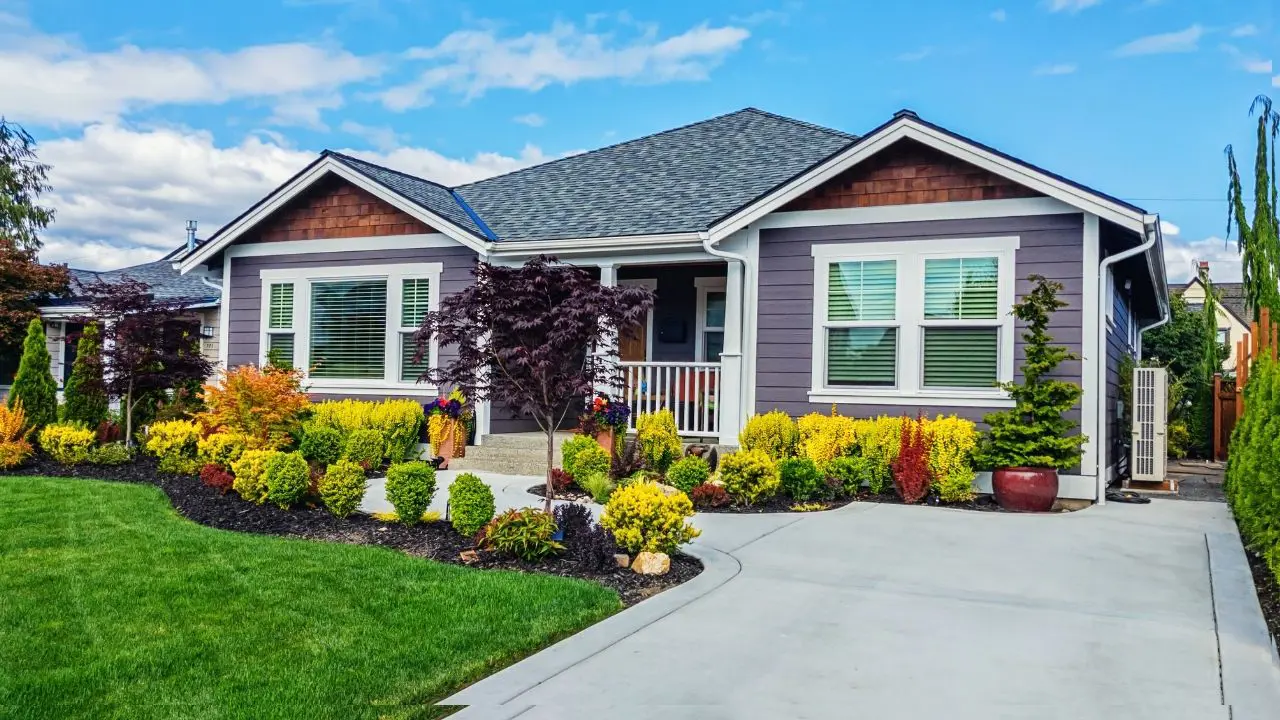Custom Homes: Design Trends, Benefits, and Sustainability
Custom homes have become increasingly popular in recent years, offering homeowners the opportunity to create personalized spaces that reflect their unique lifestyle and preferences. In this article, we will explore the design trends, benefits, and sustainability aspects of custom home construction. While production home builders construct communities with preselected home styles on purchased build sites, custom home builders often start fresh on land owned by the customer, crafting unique designs for each project. Production builders churn out numerous homes annually, offering limited design options. Conversely, custom builders focus on fewer projects, tailoring each to the client's vision.

Design Trends:
- Open Floor Plans: Open layouts continue to dominate custom home designs, emphasizing spaciousness and flow between living areas.
- Smart Home Technology: Integration of smart home systems for enhanced security, energy efficiency, and convenience is a growing trend.
- Natural Materials: Incorporation of natural elements such as wood, stone, and sustainable materials like bamboo or reclaimed wood for a timeless and eco-friendly aesthetic.
- Multifunctional Spaces: Versatile spaces that serve multiple purposes, such as home offices that can also function as guest rooms or workout areas.
- Outdoor Living: Emphasis on outdoor living spaces, including expansive decks, patios, and landscaping to blur the lines between indoor and outdoor living.
Benefits: Modern homeowners seek features enhancing health, entertainment, and comfort, setting custom homes apart. Custom floor plans may include yoga studios, entertainment rooms, or cozy porches, catering to diverse lifestyles. Custom amenities extend into the realm of technology, with home automation becoming commonplace. From energy management to security systems, smart home features are increasingly expected.
- Customization: The ability to tailor every aspect of the home to suit individual tastes, preferences, and lifestyle needs.
- Quality Craftsmanship: Custom homes often feature higher quality materials and craftsmanship compared to mass-produced homes, resulting in superior durability and aesthetics.
- Optimized Efficiency: Custom design allows for energy-efficient features and sustainable building practices, resulting in lower utility costs and reduced environmental impact.
- Personalization: Homeowners have full control over interior finishes, fixtures, layout, and architectural style, creating a truly unique living space that reflects their personality.
- Long-Term Investment: Custom homes are often considered a sound long-term investment, as they can appreciate in value over time due to their uniqueness and quality construction.

Sustainability: Growing environmental concerns and energy costs drive demand for green building techniques in custom homes. Solar panels, water-saving appliances, and eco-friendly materials improve efficiency while reducing environmental impact. Custom builders offer flexibility in integrating green products, allowing homeowners to balance cost and benefit for stylish, eco-conscious living.
- Energy Efficiency: Custom homes can incorporate energy-efficient design elements such as solar panels, high-performance insulation, and energy-efficient appliances to reduce energy consumption.
- Green Building Materials: The use of eco-friendly building materials, such as recycled content, low-VOC paints, and sustainable wood products, minimizes environmental impact and promotes healthier indoor air quality.
- Passive Design Strategies: Integration of passive design strategies such as proper orientation, natural ventilation, and daylighting maximizes comfort and reduces reliance on mechanical heating and cooling systems.
- Water Conservation: Implementation of water-saving fixtures, rainwater harvesting systems, and drought-resistant landscaping reduces water consumption and promotes sustainable water management practices.
- Durability and Longevity: Sustainable building practices prioritize durability and longevity, ensuring that custom homes stand the test of time and minimize the need for frequent maintenance or replacement.
In conclusion, custom homes offer homeowners the opportunity to create personalized, high-quality living spaces that prioritize design innovation, functionality, and sustainability. By staying abreast of design trends, harnessing the benefits of customization, and integrating sustainable building practices, custom home construction can deliver enduring value and satisfaction for homeowners.

Multi-generational Living Made Easy in a Custom Home
Whether it’s aging parents moving in with their adult children or young adults living back with mom and dad, multi-generational households have specific needs . Custom builders respond to the rising trend of multi-generational living arrangements, accommodating specific needs. Designs may include separate living spaces, such as mother-in-law suites, providing privacy and independence within the home. In a dynamic housing landscape, custom homes offer tailored solutions for diverse lifestyles, reflecting evolving preferences and needs. Multi-generational families often build homes that include the traditional mother-in-law suite or even feature a locked-off living space within the home. These apartment-style spaces can have their own kitchenette, full bathroom and living areas to provide a sense of privacy and independence.


